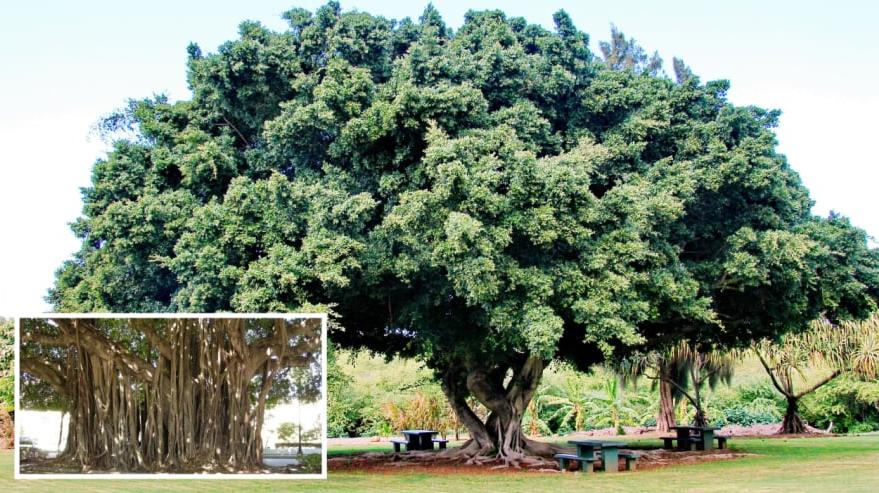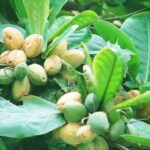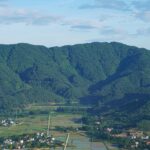**Fig Trees: Their Characteristics and Cultural Significance in Vietnam**
Fig Trees: An Overview
Fig trees, known by various names such as cừa or gừa, belong to the mulberry family. These trees can grow up to an impressive 30 meters in height, developing multiple auxiliary roots that descend deep into the ground for stability. The branches of the fig tree extend horizontally, reaching outwards.
The trunk of a fig tree is characterized by prominent ridges or bumps, a result of its rapid growth. Its leaves remain lush and green throughout the year.
In Vietnam, fig trees are commonly cultivated for their shade, and the variety native to the country is favored for this purpose. There is also the Japanese fig tree, a smaller species often chosen for bonsai creations.

Fig Trees: A Long-Living, Majestic Species
The Cultural Significance of Fig Trees in Vietnam
Fig trees hold a special place in Vietnamese culture, being one of the ‘four sacred trees,’ alongside the banyan, the sterculia, and the dracontomelon. This grouping is considered auspicious and brings good fortune. Planting a fig tree is believed to invite prosperity and abundance into one’s household.
The majestic height of the tree and its lush foliage symbolize thriving vitality and abundant blessings of fortune and health. The rapid growth and extensive root system of the fig tree represent a powerful life force, while its thick, dark green leaves evoke a sense of fullness and robustness.
In the right setting, fig trees are thought to enhance positive energy and counteract negative forces in unfavorable plots of land.
According to traditional beliefs, fig trees are associated with the yin aspect, serving as a dwelling for spirits. The dense foliage and far-reaching roots can create a somber ambiance, especially at dusk and during the night. Consequently, these trees are typically planted in public areas rather than directly in front of homes.
However, the introduction of smaller-sized fig tree bonsai has made it possible to incorporate this symbolic species into home gardens. These miniature trees are carefully pruned to form aesthetically pleasing shapes that convey good luck and blessings. For those wishing to cultivate fig trees, it is recommended to opt for bonsai varieties that do not exceed one meter in height, plant them in pairs, and avoid mixing them with other plant species to maximize positive energy.

Fig Tree Bonsai: A Suitable Option for Home Gardens
Fig trees are particularly well-suited for individuals with a Wood element affinity, according to Vietnamese philosophy. For those of this element, it is advised to position the fig tree away from the center of the house and avoid placing it in the West or Southwest directions, which are considered inauspicious for the Wood element.
Pruning the leaves and branches regularly is essential to prevent the tree from becoming overly dense.
This information is provided for cultural insight and personal reflection.
The Ultimate Guide to Visiting the Land of Beauty Queens: A Journey to Vietnam’s Most Enchanting Scenery and Mouth-watering Cuisine.
Haiphong is a vibrant city nestled in the enchanting Bay of Tonkin, boasting a unique blend of picturesque landscapes and delectable cuisine that captivates visitors from near and far. Known as the “City of Scarlet Flame Trees,” Haiphong’s allure lies in its ability to enchant travelers with its natural beauty and a plethora of mouthwatering delights.






































